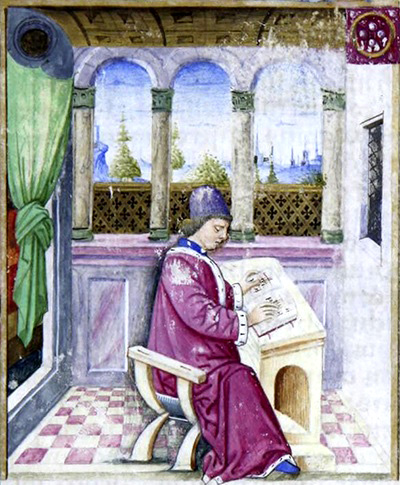
Antoine Busnois’s Missa “L’homme armé” commits one notational error after another—at least according to Johannes Tinctoris.
As several scathing passages in his Proportionale musices attest, Tinctoris abhorred Busnois’s mensural innovations. And yet Busnois’s notational choices, while certainly idiosyncratic, were also arguably justifiable: the composer was merely finding ways of recording novel musical ideas that had no agreed-upon notational solutions.
Tinctoris’s response to Busnois was not limited to the criticisms in his theoretical treatises. Tinctoris the composer responded far more comprehensively, and at times with far greater sympathy for Busnois’s practice, in his own Missa “L’homme armé”. He echoed Busnois’s Mass notationally, in that he treated it as an example of what not to do; his response was also deeply musical, in that he tackled similar technical problems as a means of achieving analogous contrapuntal effects.
Tinctoris’s and Busnois’s settings need to be understood in the context of 15th-century Masses, one in which composers were not necessarily content to work within the system but invented new ways of writing to create new sounds. In doing so, mere composers could sometimes achieve significance as theorists. Taken together, the L’homme armé Masses of Busnois and Tinctoris raise a range of historiographical issues that invite us to reassess the figure of the theorist-composer.
This according to “Composing in theory: Busnoys, Tinctoris, and the L’homme armé tradition” by Emily Zazulia (Journal of the American Musicological Society LXXI/1 [spring 2018] pp. 1–73).
This year we celebrate the 590th anniversary of Busnois’s birth! (His exact birthdate is unknown.)
Above, the version of L’homme armé that Busnois used as his cantus firmus, from I-NapBN MS VI.E.40 (with editorial markings); below, the Kyrie from his Missa “L’homme armé” followed by the corresponding movement from Tinctoris’s work.




